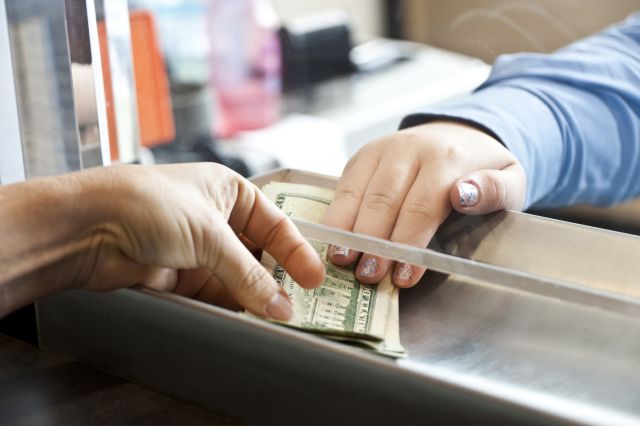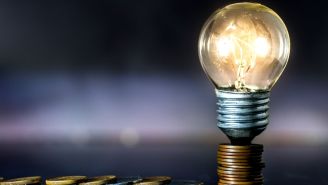Updated on June 27, 2022.
Everyone seems to want to get their hands on money. Singers boast about having it, people in power seem to hoard it, and others spend a third of their lives or more trying to make it. It’s on nearly everyone’s minds, too. One 2015 survey found that Americans think more about their finances than they do about sex.
Who hasn’t dreamt of being filthy rich? You might be surprised, though, to learn how dirty your cash really is. Every time you hold a dollar bill, even if it’s just to hand it to a cashier, you’re exposing yourself to thousands of germs and illness-causing bacteria.
Do you know where that dollar’s been?
Money is a frequently touched surface and home to a wide range of bacteria. In one 2017 study published in PLOS One, researchers swabbed the surfaces of $1 bills taken from a New York City bank. The research team found over hundreds of bacterial species on the cash, including Propionibacterium acnes, which contributes to acne breakouts.
The type of material used to make cash can determine whether your money is clean or not. Dollar bills are made of 25 percent linen and 75 percent cotton. A 2022 study published in International Journal of Environmental Research and Public Health found that cotton-based bills attract more bacteria such as Salmonella than polymer-based bills, like the British pound.
Any type of money can be a breeding ground for germs. And it stands to reason, since a piece of physical currency changes hands once a week or at least 55 times a year, on average. But some types of money are germier than others.
A 2020 study for the European Society of Clinical Microbiology and Infectious Diseases found that bacteria survive more on paper bills than they do on coins made of copper. Copper appears to have antimicrobial activity and provides an environment that’s toxic for most types of bacteria.
Your plastic isn’t any cleaner
If you plan to swear off touching paper money, know that your ATM and credit cards aren’t much more sanitary. A 2020 study conducted by LendEDU reported that there were more bacteria on credit and debit cards than there are on dollar bills and coins.
The researchers used a device that tests for bacteria on a surface and calculates a germ score. The higher the score, the dirtier the area. Cards had a score of 285, with the magnetic strip side considered the dirtiest part of the ATM card. In contrast, dollar bills averaged 160 and coins were usually around 136. For perspective, the researchers noted that credit and debit cards have more germs than a New York City subway pole or a bathroom in New York’s famous Penn Station.
The good news is that it’s unlikely the germs on money will actually make you sick, assuming you’re otherwise healthy. There has, however, been some research showing instances of food poisoning caused by bacteria on the surfaces of bank cards. It’s always a good idea to wash your hands after handling cash or cleaning your cards with an antibacterial wipe after every use.
Most U.S. currency is contaminated with illegal drugs
An old but widely referenced study published in 1996 in the Journal of Analytical Toxicology was the first to discover the presence of illicit drugs on cash. The researchers found that 79 percent of dollars in the United States are tainted with cocaine, with amounts ranging from nanograms to milligrams.
A study published in 2022 in Science & Justice found that cocaine can persist on the surface of paper and polymer banknotes for even after extensive handling. Research also shows that money can hold traces of other drugs, such as MDMA, ketamine, and methamphetamine.
Just because there may be traces of an illegal drug on the money in your pocket doesn’t mean you’ll test positive for the drug, though. Even if small amounts of cocaine land on your hands, illegal drugs such as these are not absorbable through the skin.
It’s also unclear whether most contamination comes from drug use or from contaminated bills mingling with uncontaminated bills. One theory is that bills with larger amounts of cocaine have been used to consume cocaine or were exchanged in drug deals.
Soiled money is constantly being replaced
If you’re feeling grossed out by what’s on your money, you’re not alone. The U.S. Federal Reserve is constantly replacing old money with new and the primary reason for removing cash from circulation its “soil content”: the amount of bacteria that lives on each bill. In fact, upwards of 95 percent of the money printed in the U.S. is produced to replace old, worn-out, and soiled bills.







